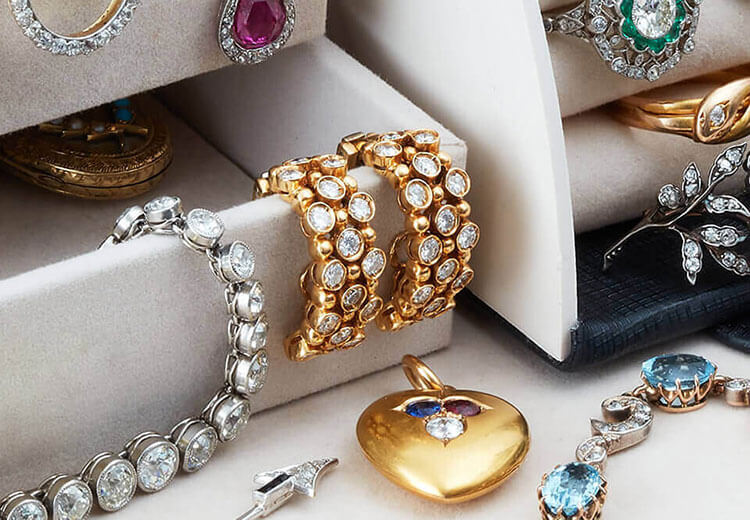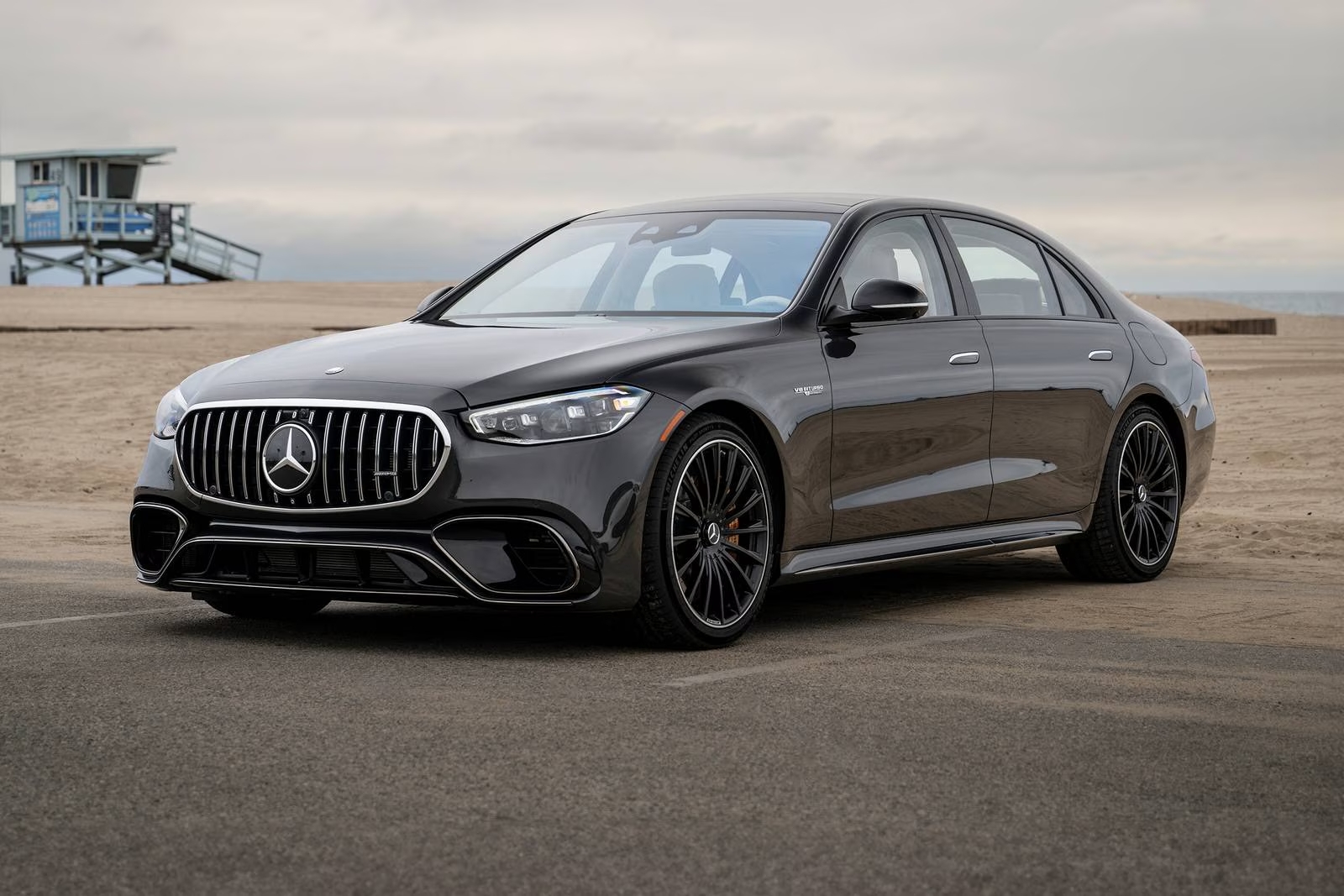In an era where conscious consumption is increasingly valued, the concept of “investment fashion” has evolved beyond mere indulgence to represent thoughtful acquisition of enduring luxury. Not all designer pieces are created equal when it comes to maintaining or appreciating in value. This curated guide examines which luxury fashion houses consistently deliver investment-worthy pieces that stand the test of time in both style and substance.
What Makes a Brand Investment-Worthy?
Several factors determine whether a luxury brand’s pieces will hold or increase their value:
- Heritage and provenance - Established history and authentic craftsmanship tradition
- Limited production - Controlled availability that maintains exclusivity
- Timeless design language - Aesthetic that transcends seasonal trends
- Quality materials - Superior components that ensure longevity
- Secondary market performance - Demonstrated resale value retention
- Cultural relevance - Enduring significance beyond fashion cycles
With these criteria in mind, here are the designer brands most worthy of investment consideration in 2025:
Hermès: The Gold Standard of Investment Luxury
Hermès remains the quintessential investment brand, with certain handbag models appreciating at rates that outperform many traditional financial investments. The legendary Birkin and Kelly bags continue to command extraordinary resale values, often exceeding their original retail prices by 50-100% for standard models and significantly more for rare versions.
Investment piece: Beyond the obvious Birkin, the Constance bag represents an excellent entry point into Hermès investment pieces. While less hyped than its counterparts, the Constance maintains exceptional resale value while being marginally more accessible.
Value retention factors: Hermès maintains strict production limitations, employs the highest quality materials, and uses artisanal manufacturing techniques requiring years of craftsman training. The brand never discounts and maintains tight control over distribution.
Chanel: Strategic Price Increases Drive Investment Value
Chanel’s aggressive price strategy—with increases averaging 12-15% annually over the past five years—has paradoxically enhanced its investment profile. By consistently raising retail prices, the brand has created a situation where pre-owned pieces from even recent seasons can be resold at near retail or sometimes higher values.
Investment piece: The Classic Flap bag in black caviar leather with gold hardware represents the most stable investment in the Chanel portfolio, with vintage models from the 1990s now selling for multiples of their original price.
Value retention factors: Chanel’s tight control over retail channels, elimination of most third-party distribution, and strategic limitation of production quantities have created a market where demand consistently exceeds supply for its iconic pieces.
Rolex: Horology as High-Performing Asset
Though primarily a watchmaker rather than fashion house, Rolex deserves inclusion in any investment-focused luxury discussion. The brand’s sports models—particularly the Submariner, Daytona, and GMT-Master II—have demonstrated extraordinary investment performance, with certain models appreciating immediately after purchase despite being officially sold at much lower retail prices.
Investment piece: The Rolex Cosmograph Daytona in stainless steel remains perhaps the single best watch investment, often trading on the secondary market at 60-80% above retail when purchased at official Rolex dealer prices.
Value retention factors: Rolex’s combination of limited production, extraordinary demand, and carefully controlled distribution creates a perfect environment for value appreciation. The brand’s pieces are also engineered to last generations with proper maintenance.
Louis Vuitton: Strategic Limited Editions Drive Value
Louis Vuitton has successfully positioned certain product lines and collaborations as investment pieces despite the brand’s relatively large production scale. Their strategy of limited artist collaborations and carefully managed special editions has created pockets of significant investment value within their broader portfolio.
Investment piece: Limited collaboration pieces, particularly those from the final Virgil Abloh collections and artist partnerships like Yayoi Kusama, have demonstrated strong investment performance. The Capucines handbag in classic versions has also maintained excellent resale value.
Value retention factors: Louis Vuitton’s pivot toward higher-quality leather goods in recent years, combined with more exclusive positioning of certain product lines, has strengthened the investment profile of their premium offerings despite broader accessibility of entry-level items.
Brunello Cucinelli: The Quiet Investment
Unlike flashier luxury brands, Brunello Cucinelli represents investment dressing in its most understated form. The Italian brand’s impeccable cashmere pieces and refined tailoring hold value through quality rather than logo recognition.
Investment piece: Cucinelli’s cashmere outerwear represents exceptional value retention, with second-hand pieces often selling for 60-70% of retail price even after several years—remarkable in a category where most brands depreciate far more dramatically.
Value retention factors: Extraordinary material sourcing, ethical production practices that resonate with conscious consumers, and designs that prioritize longevity over trend-driven aesthetics ensure Cucinelli pieces remain desirable long after purchase.
Bottega Veneta: Renaissance Through Restraint
Under creative director Matthieu Blazy (following Daniel Lee’s foundation-setting work), Bottega Veneta has cemented its position as an investment brand through exceptional craftsmanship and design restraint. Their signature intrecciato leather technique creates pieces that age beautifully and remain identifiable without obvious logos.
Investment piece: The Jodie bag in medium size represents the strongest investment potential, with limited seasonal color editions particularly sought after in the secondary market.
Value retention factors: Bottega’s commitment to sophisticated design, exceptional materials, and restrained production quantities ensures strong residual values, particularly for pieces that showcase their distinctive leather craftsmanship.
Dior: Strategic Revivalism Drives Investment Appeal
Dior has successfully mined its archives to reintroduce heritage designs with contemporary relevance. This strategy has created strong investment opportunities, particularly in their handbag collection where vintage-inspired pieces carry the cachet of design history while offering modern functionality.
Investment piece: The medium Lady Dior bag in classic black cannage lambskin has shown remarkable value stability, with limited editions featuring artist collaborations demonstrating appreciation potential.
Value retention factors: Dior’s balanced approach—respecting house codes while embracing modernity—creates pieces with both immediate appeal and lasting relevance. Their limited production runs for certain colorways and special editions enhance investment potential.
Loewe: The Emerging Investment Contender
Under creative director Jonathan Anderson, Spanish heritage brand Loewe has transformed into one of luxury’s most compelling investment opportunities. Their distinctive design language combines craftsmanship heritage with artistic innovation, creating pieces that increasingly command premium resale values.
Investment piece: The Puzzle bag in classic calfskin represents Loewe’s strongest investment potential, with first-edition pieces now commanding prices above current retail in the secondary market—a rare phenomenon for contemporary designs.
Value retention factors: Loewe’s combination of heritage craftsmanship credentials, distinctive design vision, and still-growing market position suggests potential for continued appreciation as the brand further elevates its global standing.
Emerging Investment Categories
Beyond these established investment brands, several emerging categories deserve consideration:
Independent jewelry designers with limited production capabilities, such as Lauren Rubinski and Prounis, create pieces with strong appreciation potential due to material value, craftsmanship quality, and limited availability.
Contemporary luxury brands with sustainability focus, including Gabriela Hearst and Marine Serre, are establishing investment credibility through ethical production practices and controlled distribution strategies that maintain exclusivity.
Legacy revival brands like Schiaparelli and Alaïa demonstrate how historic houses with modern relevance can quickly establish investment value through strategic positioning and creative excellence.
Investment Strategies for Luxury Fashion
When approaching designer fashion as investment, consider these principles:
-
Focus on classics over trends - Signature items that represent a brand’s core design philosophy typically hold value better than seasonal experiments
-
Condition is paramount - Proper storage, care, and maintenance are essential; professional authentication documentation further enhances resale value
-
Complete packaging adds value - Original boxes, dust bags, authenticity cards and receipts can significantly impact resale prices
-
Consider limited accessibility - Items with controlled distribution (e.g., Hermès bags requiring purchase history) often perform better as investments due to their inherent scarcity
-
Research secondary market performance - Platforms like Rebag, The RealReal, and Vestiaire Collective provide data on which specific models maintain or appreciate in value
The Investment Mindset
Approaching luxury fashion as investment requires balancing passion with pragmatism. The pieces most likely to appreciate are often those that represent a brand at its most authentic and excellent—signature items that embody the house’s unique aesthetic and craftsmanship philosophy.
While no material possession carries guaranteed appreciation, these designer brands have demonstrated consistent value retention that transcends fashion’s typically ephemeral nature. In an era of conscious consumption, investing in fewer, better pieces from these heritage houses represents both financial wisdom and a commitment to sustainable luxury that prioritizes quality over quantity.




